The Málaga Metro is a modern light-rail system serving the city of Málaga in Andalusia, Spain. It opened in July 2014 and now operates 2 lines covering 13.2 km (8.2 mi) with 19 stations — 14 underground and 5 on the surface. The network connects the city center with western districts and uses 18 low-floor CAF Urbos 3 trams. Each tram can carry 226 passengers, with 56 seated.
By 2024, the metro carried more than 18.2 million riders, about 49,900 on weekdays. This was a record high and a 34% increase compared to the previous year. Today, Málaga’s metro is one of the busiest transit systems in the region. If counted as a metro, it ranks sixth in Spain.
Map of Málaga Metro
The metro map shows two intersecting lines across Málaga. Line 1 runs southwest to northeast, from Andalucía Tech in the Teatinos University area through the city center to Atarazanas in the historic core. Line 2 runs east to west, from Palacio de Deportes near the sports stadium in the northeast, passing through Huelin in western Málaga, and joining Line 1 at El Perchel and Guadalmedina in the city center.
El Perchel serves as the main transfer hub. From Guadalmedina, both lines share tracks into the central area. The 13.2 km (8.2 mi) network is clearly mapped, with station names displayed on trains and on signage at each station for easy navigation.
Map of Malaga Metro
Map of Malaga Metro showing different lines. Click on the map to enlarge it or download the Malaga Metro map in PDF format.
Lines and Stations
Line 1 (Andalucía Tech ↔ Atarazanas)
Line 1 is 7.5 km (4.7 mi) long with 13 stations. Key stops include:
- Andalucía Tech – terminus at the University of Málaga and the technology park.
- Ciudad de la Justicia – serving the Law Courts complex.
- Hospital Clínico / Universidad – near the main university hospital.
- El Perchel – transfer point to Line 2 and Cercanías commuter trains.
- Guadalmedina – central city station.
- Atarazanas – located in the historic downtown.
Most stations between Andalucía Tech and the city center are at surface level with several level crossings. The remaining stations are underground.
Line 2 (Guadalmedina ↔ Palacio de Deportes)
Line 2 is 5.7 km (3.5 mi) long with 8 stations. Key stops include:
- Palacio de los Deportes – serving the Martín Carpena arena.
- La Isla / Princesa-Huelin and El Torcal – close to Huelin beach district.
- El Perchel – transfer hub with Line 1 and regional trains.
- Guadalmedina – downtown interchange.
Other stations along the line include Puerta Blanca and La Luz-La Paz. Line 2 runs mostly underground through the center and Huelin, then continues on viaducts toward the sports complex.
Station Highlights
- El Perchel – main hub with access to Cercanías commuter trains (C-1 and C-2 to the airport and beyond) and many city buses.
- Atarazanas – next to Alameda Principal promenade in the old town, close to bus stops and shops.
- Andalucía Tech – serves the university campus and technology district.
- Palacio de los Deportes – direct access to sports events and concerts.
Most stations are equipped with lifts and escalators for accessibility. All stations have ticket machines and entry validators.
Schedule, Operating hours
The Málaga Metro runs every day, with longer evening service on weekends. Typical operating hours are:
- Monday–Thursday: 06:30–23:00
- Friday and holiday eves: 06:30–01:30 (next day)
- Saturday: 07:00–01:30 (next day)
- Sunday: 07:00–23:00
Trains run about every 6–7 minutes during weekday peak hours, and around every 10 minutes on weekends and off-peak times. Both lines follow the same schedule pattern with synchronized departures at major junctions. Schedules may vary slightly on public holidays.
Málaga Metro Fares and Cards
| Ticket Type | Price (EUR) | Price (USD) | Notes |
|---|---|---|---|
| Single ride (Billete Ocasional) | €1.35 | $1.58 | Paper card; valid for one trip (1–9 people) |
| Metro de Málaga Card (Tarjeta Monedero Metro) | €0.82 / trip | $0.96 / trip | Rechargeable multi-trip card (up to 9 people) |
| Consortium Travel Card (Tarjeta Consorcio) | €0.82 / trip | $0.96 / trip | Valid on all local buses and metro (up to 9 people) |
| Bus+Metro transfer discount | €0.65 | $0.76 | Applied when transferring from bus to metro (with Consortium card) |
The prices above cover only the first trip. Cards also require a one-time fee: €0.30 ($0.35) for paper cards and €1.80 ($2.11) for PVC cards. Monthly and annual passes are available through the transport consortium, along with reduced fares for youth and families. These depend on zone and travel frequency.
Connections
The Málaga Metro is well integrated with other transport services. Cercanías commuter trains (Renfe) connect long-distance routes and Málaga Airport. They can be reached at Málaga Centro–Alameda and María Zambrano stations, about a 5–10 minute walk from El Perchel.
Extensive EMT city buses serve most metro stations. For example:
- Atarazanas – nearby stops for lines 5, 9, 10, 34, M-110, M-160, and the Airport Express (line A).
- El Perchel – many routes including 3, 5, 20, A, M-131, and more.
In general, local bus stops are located near station exits. For exact routes, passengers should check EMT Málaga maps or the official website. Interurban buses from the main bus station on Paseo de los Tilos (next to María Zambrano) are just one metro stop from El Perchel, or within walking distance.
Airport Connections
As of 2026, there is no direct metro line to Málaga–Costa del Sol Airport. Travelers usually take Cercanías line C-1 from the airport terminal (T2/T3) to Málaga María Zambrano, then walk or transfer by bus to Metro Atarazanas or Centro Alameda.
Another option is the EMT Airport Express bus (line A), which runs frequently between the airport and the city center. It stops at Paseo del Parque and Alameda, a short walk from Atarazanas metro station.
Future plans include extending Line 2 northward toward Guadalmar and the airport district.
Video of Málaga Metro
Regulations
The Málaga Metro has a number of rules that it encourages its passengers to follow in order to avoid possible fines and to improve service. Here are some of the most important ones:
- Loud music and disruptive behavior are not allowed.
- Strollers, wheelchairs, and bicycles (folded or placed on racks) are permitted but must not block aisles.
- Luggage should be stored so it does not obstruct passageways.
- Priority seats are reserved for elderly passengers, people with disabilities, and pregnant travelers.
- To ensure smooth movement, drivers should allow passengers to exit the carriages before boarding.
- Escalators should be used correctly by standing on the right and allowing other passengers to pass on the left.
- Elevators are preferred for people with reduced mobility and those travelling with prams. They are also recommended for the elderly and pregnant women.
- Be aware of emergency devices and alarms and use them only in real emergencies.
- It is recommended to use the litter bins provided in order to keep the Malaga Metro clean. Failure to do so may result in a fine.
- Avoid obstructing the movement of other passengers, including carrying large objects that may disturb other passengers.
- When travelling with a child, hold the child’s hand and keep an eye on the child at all times to prevent dangerous situations.
- Failure to carry a valid ticket, carrying an expired ticket or carrying an invalid ticket is an offence and will result in a fine.
- It is forbidden to enter or leave the train after the signal to close the doors. Failure to do so may result in a fine.
- Tobacco consumption is completely prohibited in the stations and trains of the system.
- It is not permitted to take video or photographs for reporting purposes, unless prior authorisation has been obtained from the authorised staff of the facilities.
- It is forbidden to eat or drink in the facilities of the Malaga Metro.
- Roller-skating is prohibited in the stations and carriages of the Metro.
- It is forbidden to take animals on the metro, unless they are guide dogs or small enough to be carried in special containers.
- Bicycles are allowed in metro facilities, although they must be moved to make way for people with reduced mobility.
Passengers should follow posted instructions and directions from staff. Failure to present a valid ticket when requested may result in fines. For full details, consult the official passenger regulations.
History
The Málaga Metro was planned in the early 2000s to reduce traffic congestion. A 2001 feasibility study proposed several lines radiating from the city center. After approvals and funding, construction began in 2006. Lines 1 and 2 opened on 30 July 2014, linking the Teatinos district and the stadium area with the center, ending at El Perchel. The project was co-financed by regional, national, and EU funds.
The 2008 financial crisis delayed two central stations, Guadalmedina and Atarazanas. They were finally completed and opened on 27 March 2023. This 1.7 km (1.1 mi) extension added two stations and immediately increased ridership, jumping from about 28,000 to 41,000 daily passengers on the first day.
Since opening, passenger numbers have steadily grown. By its 10th anniversary in 2024, the metro had carried about 78 million passengers in total. That year saw 18.26 million riders — a 34% increase over 2023, setting a new record. In January 2024, Málaga Metro was recognized as Andalusia’s fastest-growing transit system.
Future Expansions
Several extensions are planned or under construction. The main project is Line 2’s extension from Guadalmedina to Hospital Civil. This 1.8 km (1.1 mi) underground stretch will include three new stations: Hilera, La Trinidad, and Hospital. Work began in 2024 and the opening is expected around 2027. The extension will serve Málaga’s third hospital and the Bailén-Miraflores district, adding an estimated 3.5 million annual riders.
In the long term, studies have considered routes north to Ciudad Jardín and east to El Palo and the airport. The airport connection is a priority for future phases, though earlier Line 3 and Line 4 proposals were postponed or cancelled due to cost and engineering challenges. With EU and regional funding, the Málaga Metro continues to expand beyond 2026.
Fun Facts
- The network uses CAF Urbos 3 light-rail vehicles, each with a 226-passenger capacity and full air conditioning.
- All stations and trains are equipped with CCTV and are fully accessible.
- Most stations (14 of 19) are underground; the rest are at street level.
- Average station spacing is about 650 m (0.4 mi), with dense coverage — almost one stop every 0.64 km (0.4 mi) on Line 1.
- Málaga was the second city in Andalusia to build a metro, after Seville, and now ranks among Spain’s busiest urban transit systems.
- The first day of service to the new central stations in 2023 broke records, helping the system reach 18.2 million passengers that year.
- Lines 1 and 2 meet at El Perchel, an underground hub beneath the main train station. From there, Line 1 runs toward the University of Málaga, while Line 2 goes to the Palacio de Deportes arena.
- EMT buses mirror much of the metro route. High-speed AVE trains and long-distance buses are accessible at María Zambrano station, a short walk from El Perchel.
Tourist Attractions
- Atarazanas / Alameda – in the historic center, close to the cathedral, Alcazaba, Picasso Museum, and pedestrian Calle Larios.
- Teatinos (Line 1 terminus) – university district with lively student culture, tapas bars, and cafés.
- Huelin (Line 2) – beachfront area with local markets and parks.
- Palacio de los Deportes – direct access to basketball games and other sports events.
- El Perchel – connects to María Zambrano transport hub, with regional trains and buses to Nerja, Granada, Córdoba, and Gibraltar.
The metro links historic landmarks, university areas, sports venues, and western suburbs, providing visitors with a fast and affordable way to explore Málaga.
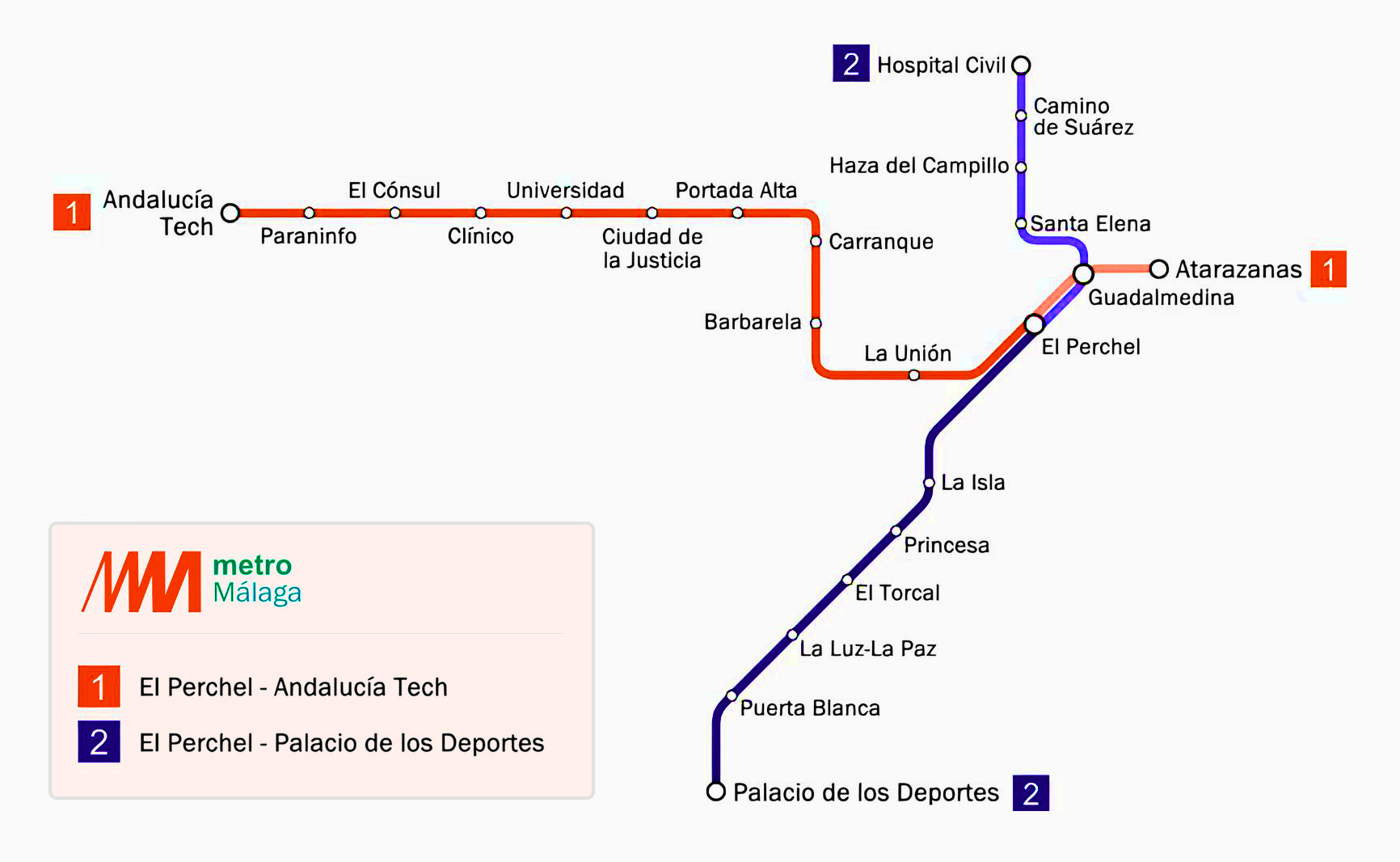
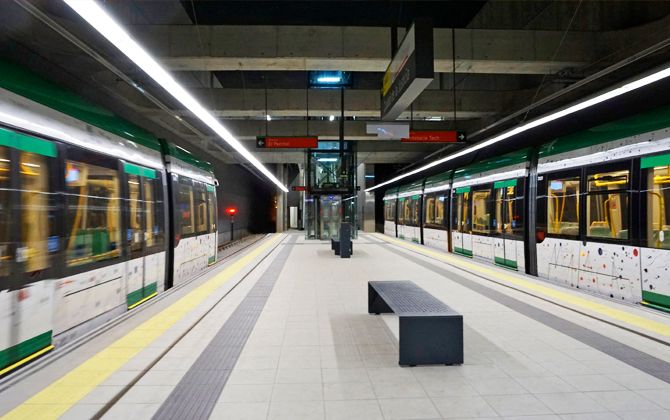
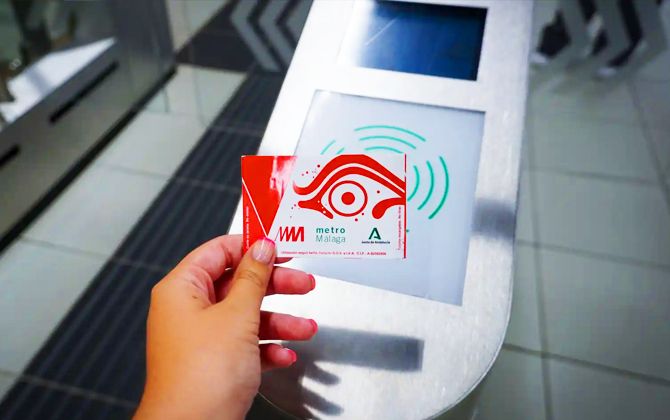
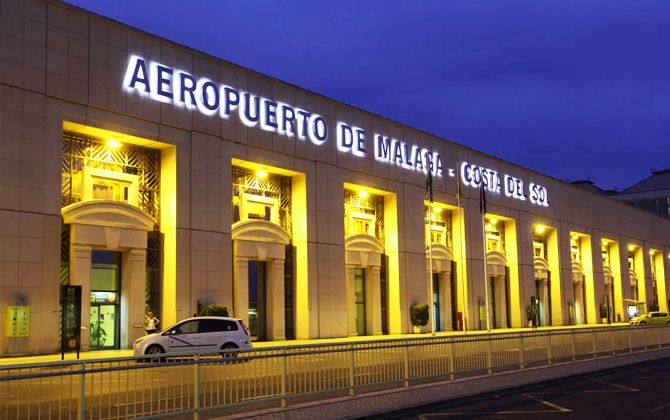
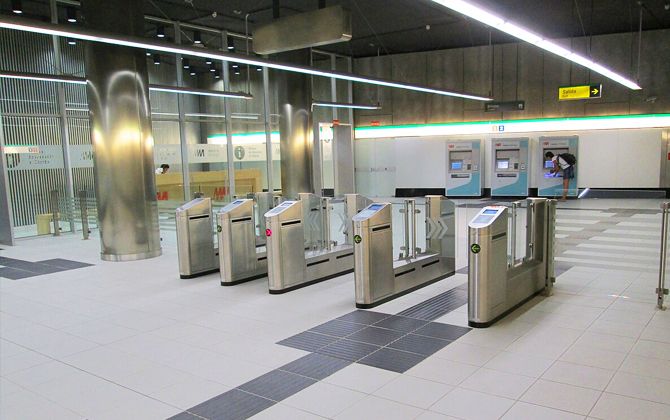
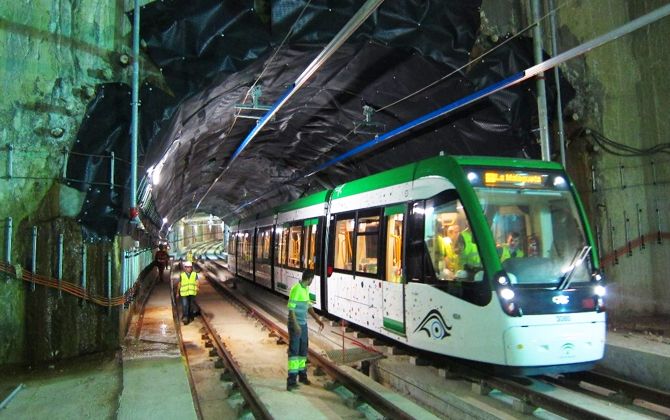
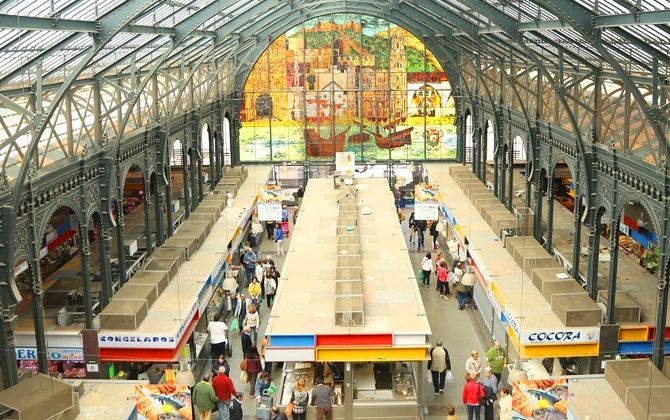
Cuánto cuesta el pase de autobús/metro para un mes. Para uno de 80 + anos .